Contents:
Preparing for a lesson observation can be an anxiety-inducing experience for many teachers. However, with proper planning, support, and organisation, it can also be a valuable opportunity for professional growth and development.
In writing this article I initially wrote down a long list of “dos” and “do nots”. I quickly realised that this approach was somewhat flawed, in that much will be dictated by the individual reader’s stage of development, and the priorities and culture of the school they work in. Therefore, I offer instead a guide to being as ready as you can be!
Agreeing the priorities
The very nature of the observation will vary from school to school, however, when you cut through it all, one commonality emerges – what is the key area you need to develop? This should be discussed with your line manager and agreed in line with the protocols of your school. Some schools may wish you to focus on two or three areas, but if the choice is yours, agree on a single focus, and work on that focus until mastered before moving on. (This is not to say that other areas cannot provide opportunities for insights.) Examples of these foci include:
- Use of questioning techniques to deepen discussion
- Positioning of the teacher to aid behaviour management
- Use of mini whiteboards for assessment
Note that these are framed as the “what” (e.g. questioning) and the “what for” (e.g. to deepen discussion). This will help keep the focus razor-sharp and purposeful.
Agreeing the lesson observation time and date
Again, depending on the protocols of your school, you may have a lot or very little say in selecting your lesson. If you do have an input, think about this carefully. The choice of lesson can be the difference between a tick-box experience and an incredibly valuable one. Hopefully you have the confidence to embrace a class you are having difficulties with for your observation, so that you can get the support and guidance on the focus for improvement. If permitted, try to get three days to a full weeks’ notice so you have plenty of time to prepare. Last-minute observations can be anxiety-inducing and serve limited purpose in terms of school improvement.
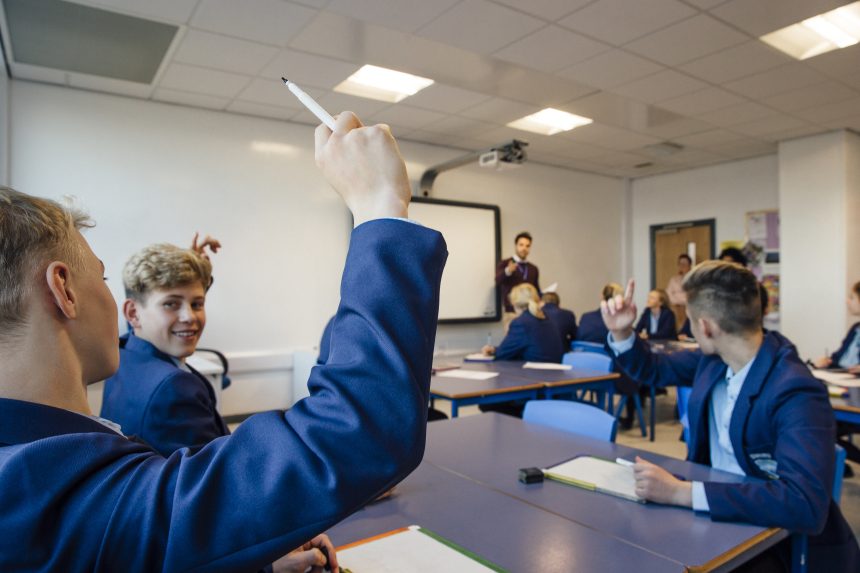
This block is currently empty. Please add some content.
Deciding what to teach and how to teach it
This is easy! Teach whatever you planned to in the first place, in the way you planned to teach it! The observation process should look at the typicality of teaching in your classroom. One-off performance lessons provide no meaningful basis for individual and whole school improvement. Teachers and leaders should be working together, with integrity and honesty, to improve teaching and learning for the betterment of the pupils in the classroom. Therefore, I feel it is vital that observations are completed in line with the expected curriculum and your everyday approach to that class.
Planning for the lesson observation
As with any lesson you must consider the needs of your pupils. Consider the following:
- Have you adjusted for any SEND pupils in your classroom?
- Have you prepared coloured copies of resources for those who need them?
- Are those pupils who require it sitting near the front or by the door?
- Who will you need to go to first once a task has commenced to ensure they have understood?
- Have you got an extension question for any pupils who finish early? This doesn’t need to be an extra bespoke worksheet, just consider how all your pupils will remain engaged, thinking hard, and focused on the learning at hand!
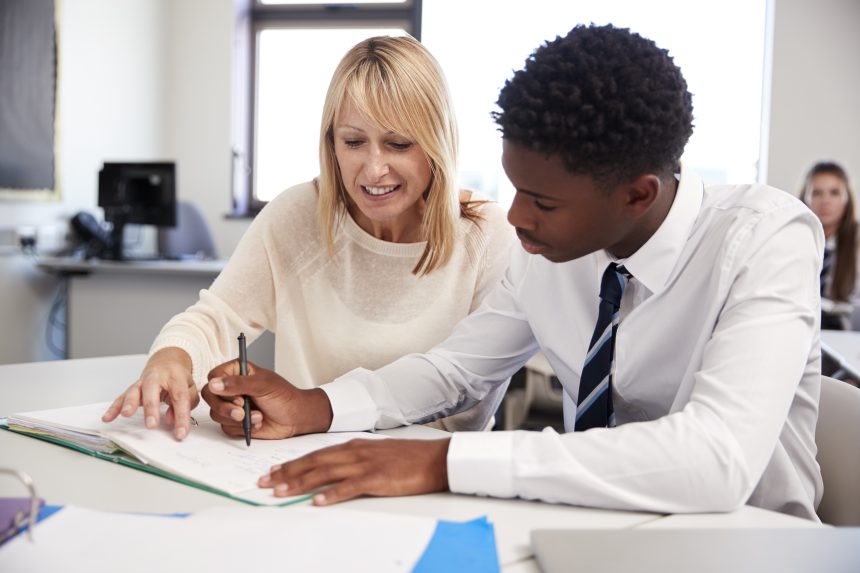
My school does not require a specific lesson plan for lesson observations; however, many schools still do, and I for one think they can be a great tool for two reasons:
- Preparing a plan allows you to map out the flow of your lesson and potentially predict any areas of difficulty in advance. It allows you to think and plan for questioning, transitions, and timings.
- Having a plan printed and ready for your observer provides them with a clear view of what you intended to happen. As we know, lessons tend to deviate from said plans! If the observation is for half the lesson, it also provides a takeaway for the observer so they can get an idea of what went before and what is to follow.
The lesson plan itself will largely depend on the protocols of your school, however, a simple timeline or PowerPoint printout in note form will suffice! An all singing and all dancing word document listing every single event and possibility is a potential drain of your valuable time! Be careful!
It’s all about you!
Lesson observations should be first and foremost about developing you, the teacher! Embrace the opportunity and treat feedback as a gift. Remember, it’s not about being perfect for one lesson, but about providing a high standard to your pupils over a sustained period.
Best of luck!
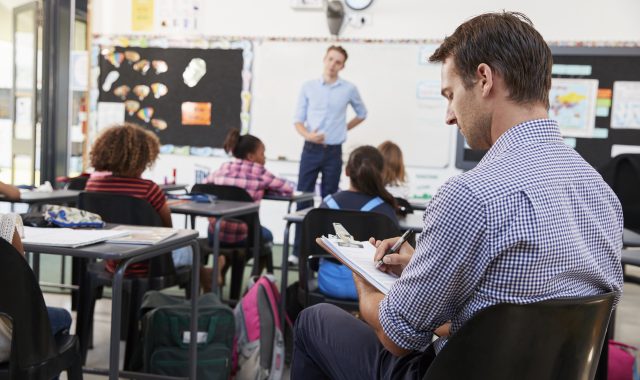

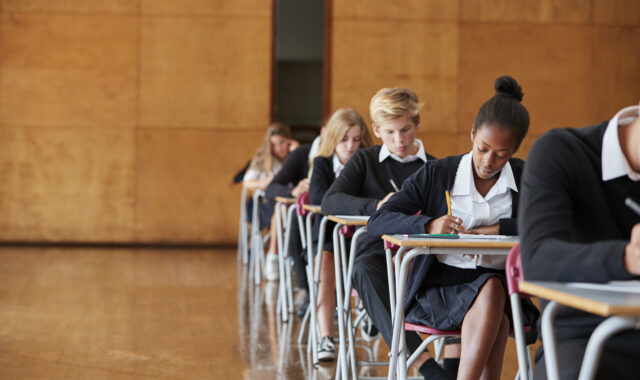

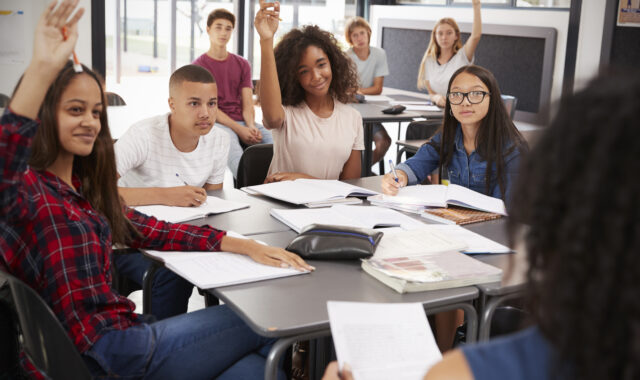
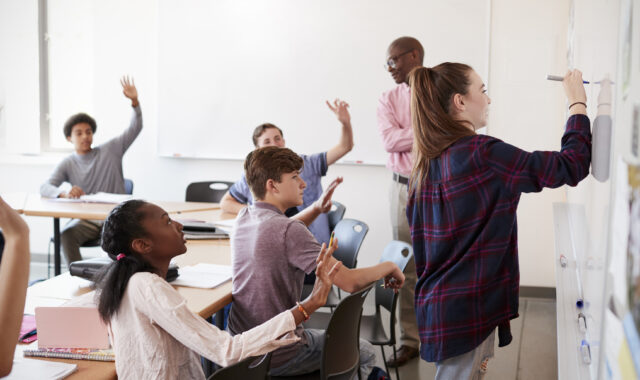
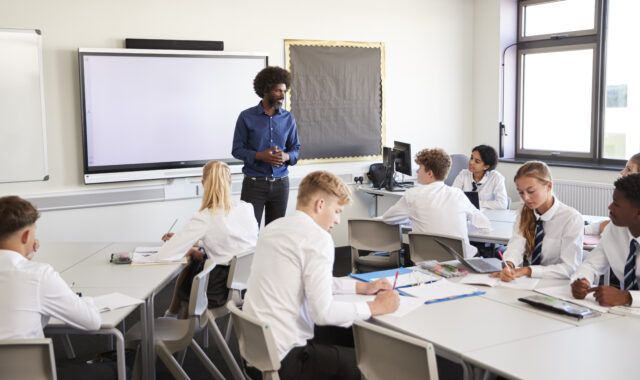
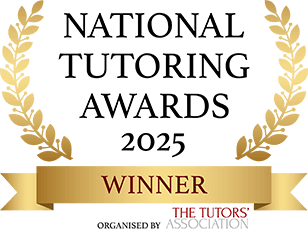
Comments